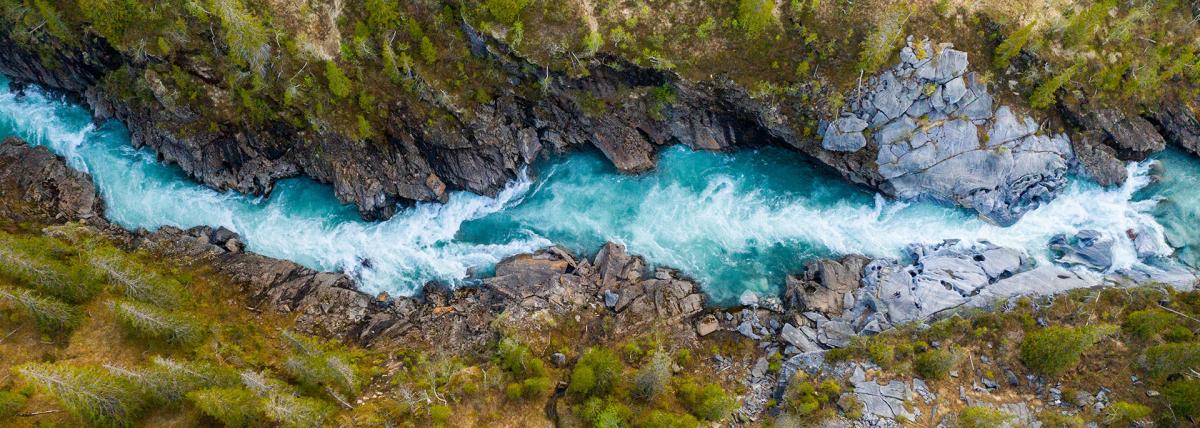
In this lesson, students will explore how gravity and the layers of the Earth's crust work together to filter contaminated water. Students will build a water filter and test the water filter with

In this lesson, students will explore how gravity and the layers of the Earth's crust work together to filter contaminated water. Students will build a water filter and test the water filter with
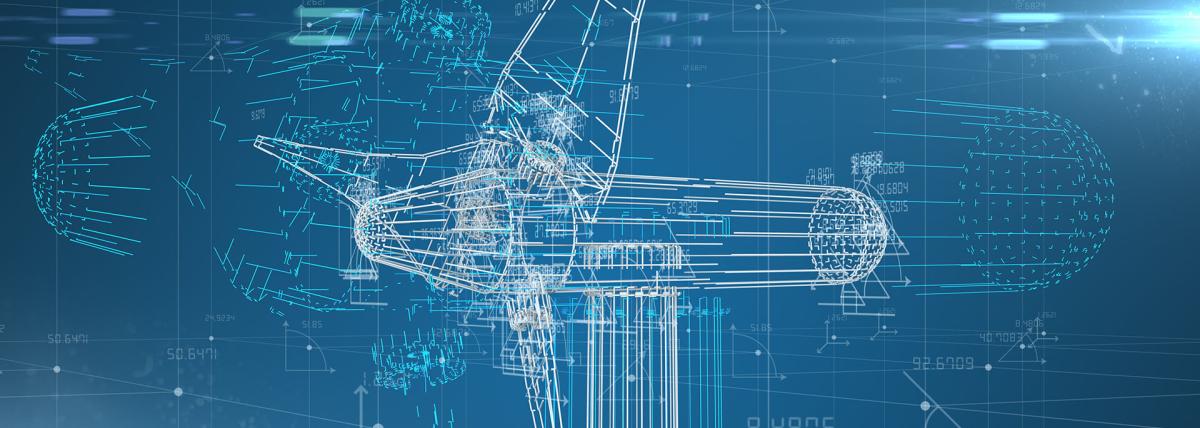
Students will learn about forces and motion by building a straw rocket. They will measure how far their rocket flies and then build a second rocket to see if they can make it go farther.
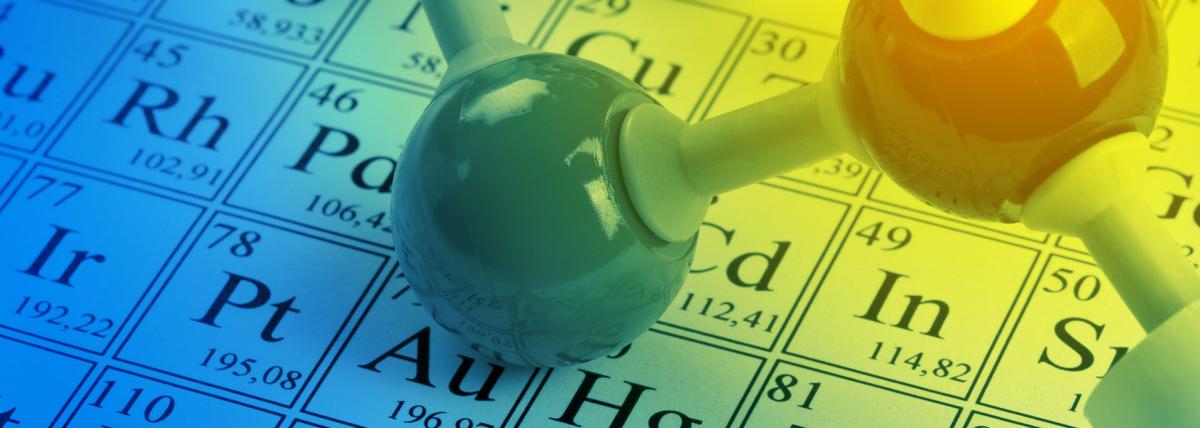
This lesson, which is a follow up to the lesson about heating, asks students to observe the properties of objects after they have been heated and cooled to draw conclusions about the effects of
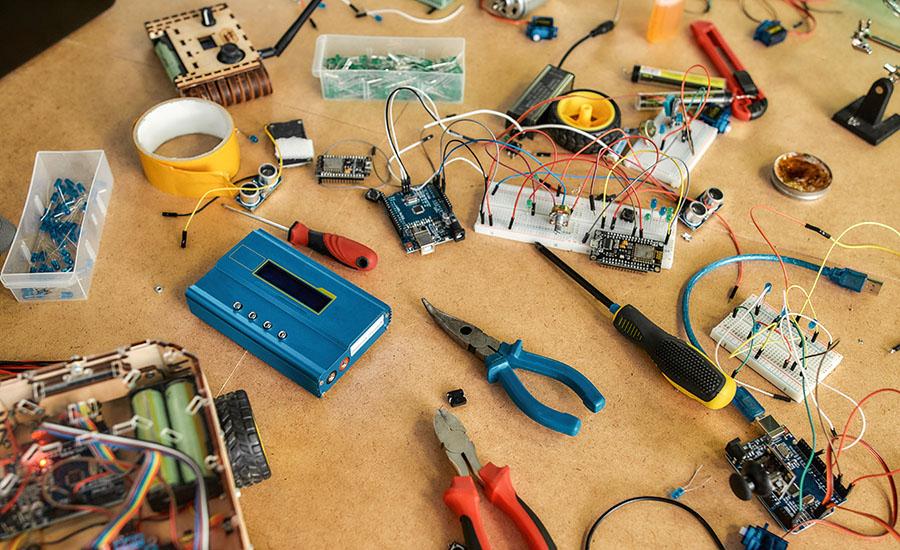
Students will use science and engineering practices to design and build a parachute out of everyday items. The parachute must be able to carry a metal washer to a specific target on the ground while

This design challenge is broken up into four parts, this is part four. This lesson will focus on sharing each group’s design and discussing their iterations (Share). In order to successfully execute

You've crash-landed on an alien planet and must find a way to survive with the help of native flora and fauna. Students will document alien life-forms in a field journal and use that information to

Engage your students by learning about the Ferris Wheel and constructing a ferris wheel in a collaborative assignment. The informational text of Mr. Ferris and His Wheel is linked for your convenience
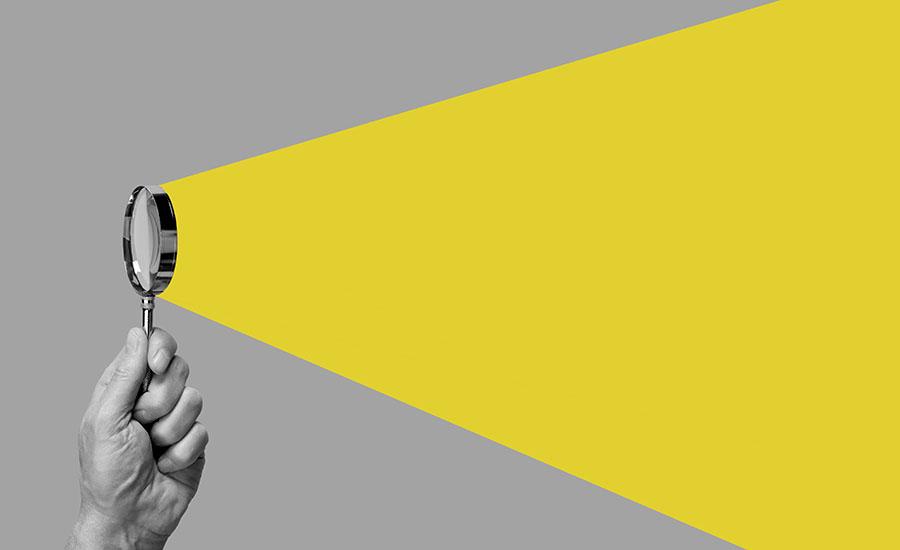
Students are introduced to a project that asks them to use classroom materials to create a new form of vision technology. Students review how the eye works, create a plan, and share that plan with
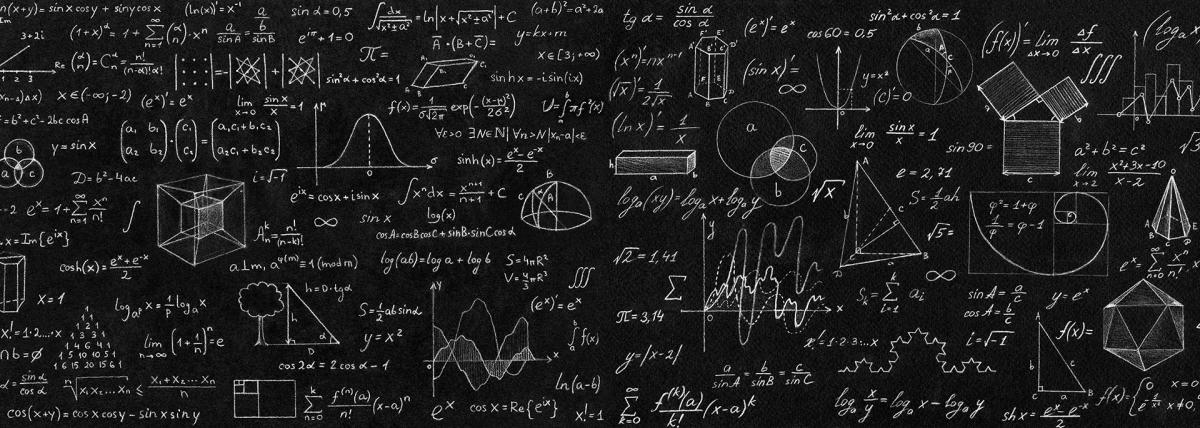
This lesson introduces 5th grade students to forces and motion using "floating" magnets on a dowel and a Newton's cradle. Students will also be introduced to Newton's 3 laws of motion and contact vs